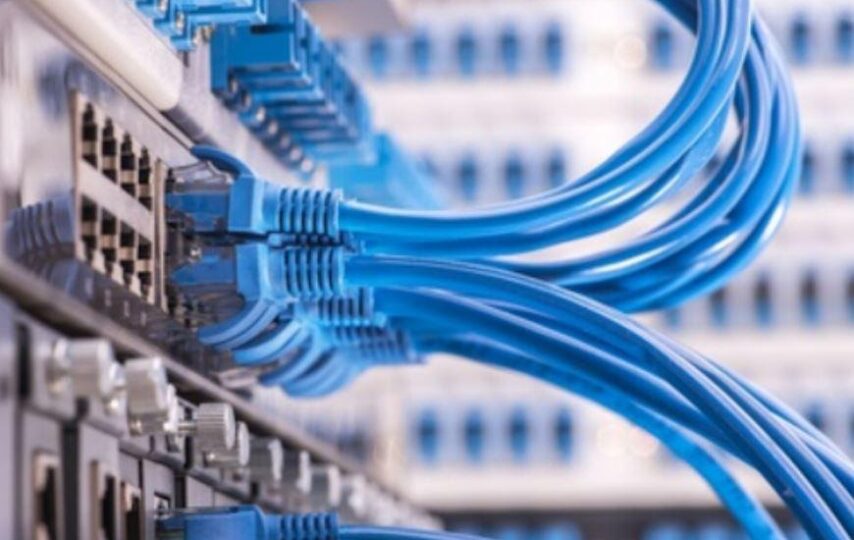Society is moving towards a new era of the information age. There has been amazing advancements in artificial intelligence, cellular communications and data processing. These advancements have given rise to quicker wireless data exchange. With 4G speeds currently reaching 2 Gbps, it’s only natural that 5G will take that to the next level.
But how fast can we expect it to be? 5G is expected to push performance from a minimum 2.4 Gbps to a whopping 20 Gbps! Therefore, 5G networks provide a much faster alternative to fibre networks like the NBN.
5G is rolling out at a rapid pace, meaning that the evolution of data networks will quickly bring the world into a smarter future with faster connectivity.
So, how are businesses utilising 5G connectivity and how will 5G continue to play a part in practical applications in the not-so-distant future?
What is 5G IoT?
5G is technically a new communication solution that includes a New Radio (5G NR) framework and a brand new core network. The aim of 5G is to enhance wireless connections on a global scale. This also includes the concept of multiple access for connectivity technologies like fixed-line, Wi-Fi, satellites and cellular devices.
With Internet of Things (IoT) devices available, 5G connects multiple devices at far higher speeds, waving away past issues like low bandwidth and slow download speed. 5G produces an amazing user experience regardless of the application, service or device, and this is what is already making it so popular amongst different industries.
Massive cellular IoT technologies are cheaper to run and don’t use up as much power as older networks. They utilise broad and deep coverage indoors and outdoors. They provide secure authentication and connectivity, are designed for full scope capacity and scalability upgrades and are simple to deploy to any network topology.
City developers, businesses and entire industries can connect more and more devices with higher capability for a much cheaper price. This is all done with the power of 5G connectivity.
Current industries benefiting from 5G IoT
Current 4G standards including LTE-M and NB-IoT remain vital parts of early 5G releases. They are currently providing mobile IoT solutions for smart utilities, smart logistics and smart cities. Early 5G applications have focused on high-speed industrial networking, mobile computing customer premise equipment (CPE), fixed wireless access (FWA) and video broadcasting.
5G adoption is growing with greater numbers of network rollouts. They will soon evolve to work with 3D video and augmented reality. These applications require high bandwidth to be successful, as do UAVs, factory automation and more (also compatible with 5G IoT).
5G IoT is designed to enhance everyday users’ lives from how industries run to everyday devices. 5G IoT facilities will continue to work on vital upgrades to work without halting operations, overloading servers or freezing.
Current industries benefiting from 5G include:
- Automotive & transportation
- Smart factories
- Smart buildings
- Smart cities
- Smart utilities
- Retail
- Agriculture
- Surveillance
- Healthcare
Future practical 5G uses
Fitness apps, synced watch and phone devices and smart homes are now regularly used and will improve with 5G connectivity. Today, there is a heavy reliance on mobile IoT, so 5G will look very different in the future. There will be the large scale automation of utility services like energy production through smart environmental monitoring and smart grids, and this can help cut down on pollution and greenhouse gas production.
5G is leading the way in smart connectivity, and will only improve industrial and living standards in the future.








